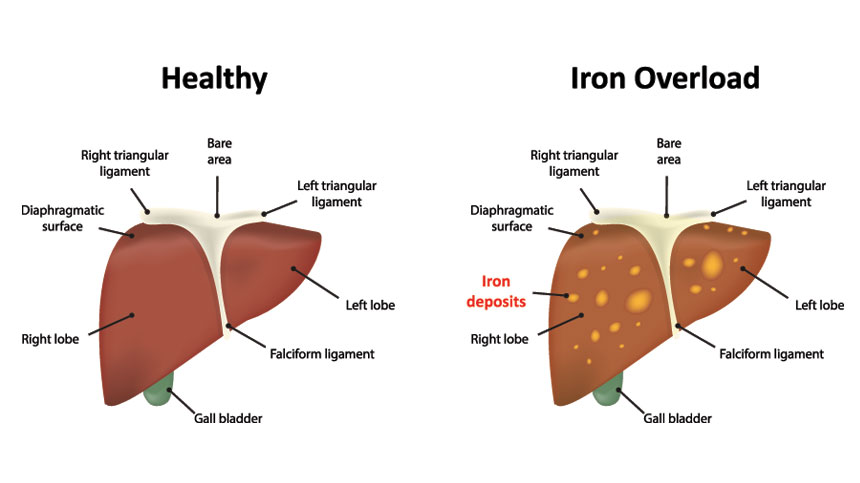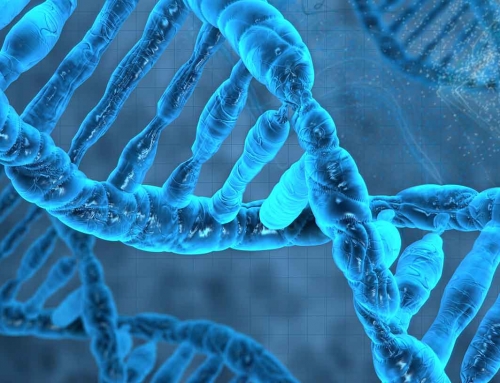What is Hemochromatosis?
Hereditary hemochromatosis, also called iron overload disorder, is a genetic disorder that causes the body to absorb extra amounts of iron from the diet. However, the human body cannot get rid of the extra iron. The excess iron accumulates in the organs over time, which causes iron overload and eventually leading to tissue and organ damage. If hemochromatosis is undetected and left untreated, it may cause serious irreversible disorders such as arthritis, liver disease, heart disease and diabetes.
There are four different types of hereditary hemochromatosis, each classified in regards to the age of onset, genetic cause and mode of inheritance. Type 1 hemochromatosis is the most common form of the disorder, and the other types of hemochromatosis are considered rare forms.
Type 1 hemochromatosis is caused by genetic mutations in the HFE gene. The HFE gene is responsible for producing a protein that is expressed on the cell surface of liver and intestinal cells. The HFE protein interacts with the transferrin receptor and other proteins to limit and regulate dietary iron uptake.
Three mutations in the HFE gene are associated with most cases of hemochromatosis: C282Y, H63D and S65C. The C282Y mutation results in an altered HFE protein that is unable to reach the cell surface to interact with transferrin receptors and hepcidin. This leads to a disrupted iron regulation and an extra amount of iron is absorbed from the diet. The H63D mutation results in a missense mutation that is thought to alter a pH-dependent intramolecular salt bridge, possibly affecting the interaction of HFE protein with the transferrin receptor, leading to disruption of proper regulation of iron absorption by the body.
References:
Duchini A, Klachko DM, Sfeir HE (2014). Hemochromatosis.
Hemochromatosis.org. Provided by Iron Disorders Institute.
Hemochromatosis. National Heart, Lung, and Blood Institute. National Institutes of Health.
Beutler E, Felitti V, Gelbart T, Ho N (2001). Genetics of Iron Storage and Hemochromatosis. Drug Metabolism and Disposition. 29(4): 495-499.
DNA In the News2017-04-06T19:21:52+00:00






